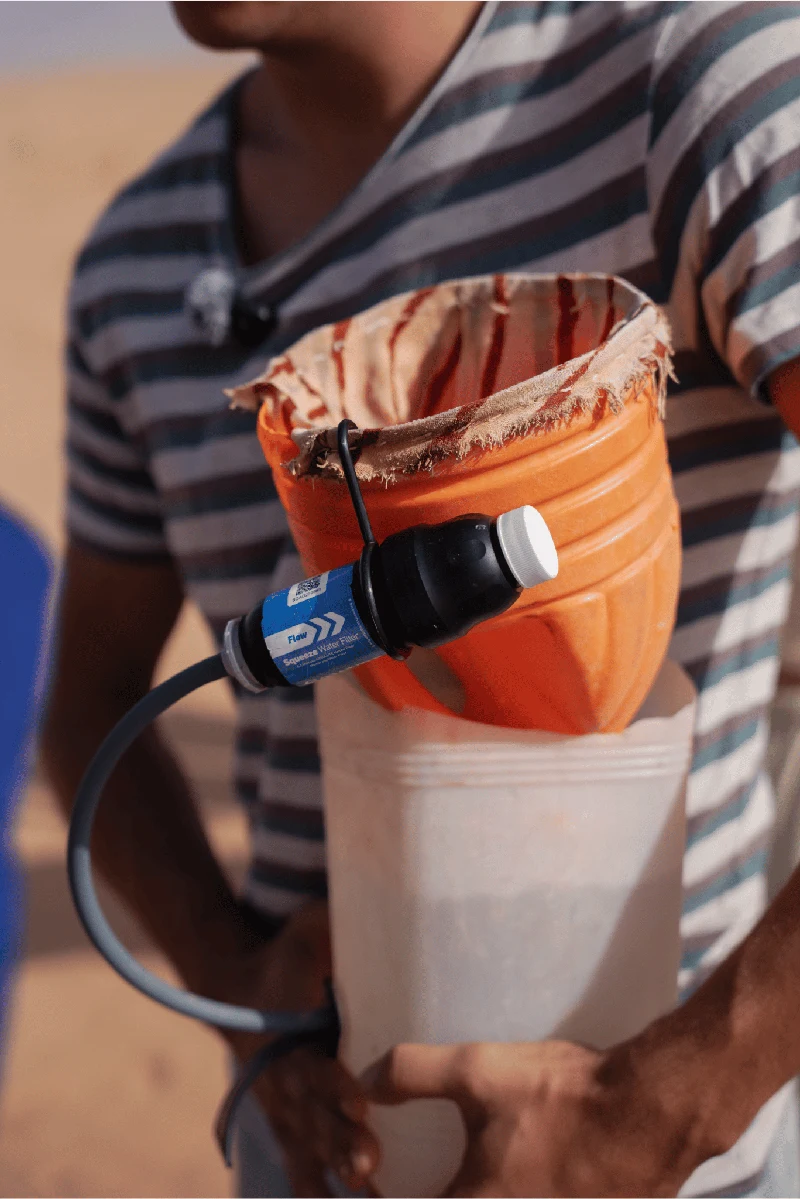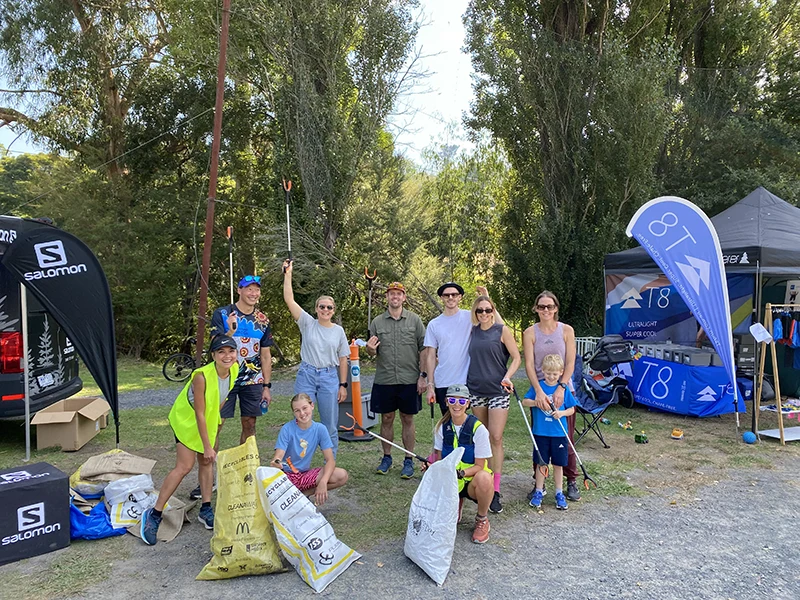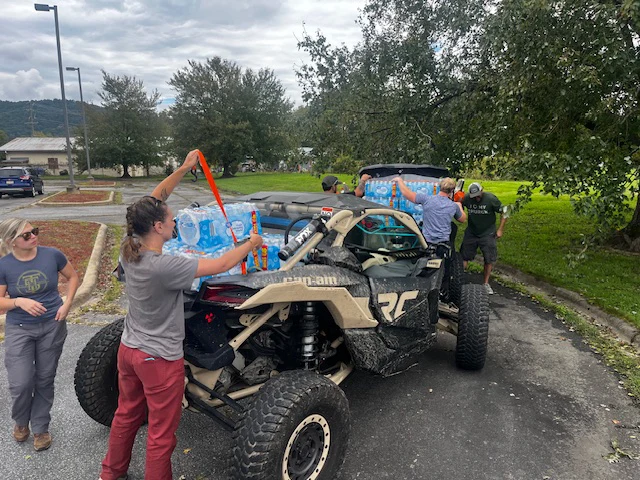

The truck grinds to a halt beside an open clear cut, the morning light starting to filter through the tree line. "Aly you're out here" my foreman calls. I hop out, grabbing my gear from the back of the truck and checking to make sure I've got my shovel and caulk boots still in my planting bag. The air is still crisp and I shiver in my wool sweater. Soon the day will warm up and I'll be thinking of the cool morning breeze as I sweat in the open land. My foreman throws a couple of boxes of trees out on the road for me, tells me the tree ratio, quickly shows me a map of my piece, then drives away. I'm left in silence, looking up at the mountainside that I'll be climbing up-and-down all day and responsible for re-planting. I smile and get to work. There's trees to be planted and money to be made.
Welcome to another day tree planting.

Every summer thousands of tree planters descend to the back roads of Canada, carving out bush camps or taking over small motels in long forgotten towns. Planters are tasked with collectively planting millions of trees every year to reforest huge swaths of land that have been clear cut.
Tree planting is a lot like thru-hiking.
You wake up every day tired and sore. Sometimes you're excited for the day but sometimes you're not. It doesn’t really matter though, no matter what you’re getting up and going to work or walk, no excuses. The job is physically demanding, with planters planting 1000- 5000 trees per day by hand, sometimes less, sometimes more. Mud, rain, relentless sun and bugs are all part of the job. Dirt quickly becomes ingrained in the folds of our hands. Our clothes quickly become stained with mud and sweat, torn from branches and thorns that riddle the block. It's a job that brings together all sorts of people, a mixing pot of personalities that provides a chance to break away from societal norms. An even playing field where hard work and athleticism is rewarded.

In 2020 approximately 600 million trees were planted in Canada. The seedlings are only about a foot tall and on average it takes an experienced planter about 10 seconds to plant a tree. Planters wear tree planting bags around their waist which can carry 150-350 trees at a time and weigh up to 50ibs. Trees are planted using a small shovel, not more than 2ft tall.
Planters are paid per tree with prices ranging from 10 to 45 cents per tree. The price reflects the difficulties of the land and the specifications of the contract: easy flat, prepared land means lower prices but more trees planted per day. If you're planting a steep hill covered in slash (fallen trees and brush), with a variety of species requiring specific microsites, you will get paid more per tree. In a world that is becoming increasingly mechanized, the job is refreshingly different, with hard work directly correlated to how much money you take home.

While out on the block it's hard not to question the destruction caused by logging. Entire landscapes destroyed and ravaged. Discarded lumbar piled high to be burned. Old growth blocks are still being logged and it's common to see giant cedar trees, wider than I am tall, felled and lying shattered in the ground, used to cushion other big trees.
As a treeplanter we are not part of the management decisions, but we get to see how they are implemented and when those rules get bent. I've gone to areas that are being replanted for the fourth time, the trees never taking root. As I scrambled up rocky mountain sides I wondered at the redundancy of it all. There's no soil left there, the hill having eroded after the land was logged and the roots pulled out of the ground. I know the trees I put in the ground will die and in all likelihood that block will be sprayed with pesticides to reduce the growth of brambles then planters will come back to attempt to plant it once again.

Forestry in Canada has changed a lot over the years. In British Columbia companies must follow Forest Stewardship Plans that outline a landscape level plan for an area, and must be approved before logging or road building can go ahead. There's limits to the size of clearcuts and rules about riparian zones. There's safety protocols and extensive surveys. Recently there's been a slow change to incorporate indigenous voices in management decisions.
From the tree planting perspective, it's a common saying that there's one good way to plant a tree, but a 100 bad ways.
Checkers come around to make sure that you plant your trees well and in accordance with the specs of the contract. If your trees are planted badly you are required to go back and replant them, at the expense of your own time and money. Occasionally auditors come in to check those checkers.
Forestry management is based on the principle of "sustained yield forestry", to have forests regrow at the rate at which they are cut. This is all towards to the end goal of making money. In 2021 the forest and logging industry contributed $5,270,035,084 CAD to the nominal GDP. That doesn't include wood processing or pulp and paper processing, which added millions more to the economy. Generally trees are harvested every 60 to 80 years for lower elevation forests, which is a narrow time frame in the grand scheme of things and overlooks many other crucial components of forests, such as old growth.

The debate surrounding the logging and use of old growth forests is complex and could fill books. Old growth trees in Canada are loosely defined as trees over 250 years old on the coast, and older than 140 years in the interior . The management of old growth forests impacts individuals, indigenous tribes, ecosystems health and climate change mitigation. Old growth forests provide countless ecosystem services, including but limited to biodiversity, soil health, water regulation, cultural significance, recreation, fish and wildlife habitat and carbon sinks. Wood from old trees is stronger and consequently worth more. Mills are set up specifically for old growth trees as they need specialized saws, so banning old growth logging would eliminate an industry and take away the livelihood of hundreds of people, and would likely destroy small logging towns.
In British Columbia a recent study calculated that there were approximately 11.1 million hectares of old growth forest left, with only 2 million hectares protected and another 1.2 million hectares under special management. That leaves 7 million hectares of unprotected old growth forest, some of which is been actively logged. When discussing old growth forests it's important to know that not all old trees are the same. Trees at a higher elevation will generally be smaller and their forests will have lower biodiversity than trees that sit at lower elevation. As such, the trees lower down generally tend to be bigger and thus more profitable and consequently have been overwhelmingly logged. The 11.1 million ha may seem like a lot but glosses over the differences in forest types. It is estimated that 80% of the old growth left in BC is made up of very small to medium trees, while only 300 000 ha of very large trees is left. To put that number in perspective, it is estimated that there are 362 million ha of forest in Canada

At the end of the day every management decision big or small has an impact. There will always be a tradeoff, it just depends what is prioritized.
For all of its flaws, the forestry industry is an integral part of Canadian identity.
Tree planting has become a way of life for me. It's provided me with freedom and an opportunity to work a meaningful job, where I get to end my day exhausted but knowing that I've done something productive. It has given me a chance to meet incredible people and to work overseas and in remote towns across Canada. As each season ends I'm already looking forward to the next one, when I get to pull my dirty old planting bags from the attic and get ready to go planting.

Sources
The state of Canadian forests: Annual report 2022 (ISSN 1488-2736). (2022). Natural resources Canada. Retrieved April 11, 2023, from https://natural-resources.canada.ca/sites/nrcan/files/forest/sof2022/SoF_Annual2022_EN_access.pdf
Ministry of Forests. (2021, April 20). Forest Stewardship Plans - Province of British Columbia. https://www2.gov.bc.ca/gov/content/industry/forestry/managing-our-forest-resources/forest-stewardship-plans
Gorley, A., & Merkel, G. (2020). A new future for old forests: A strategic review of how British Columbia manages for old growth forests within its ancient ecosystems. Retrieved April 11, 2023, from https://www2.gov.bc.ca/gov/content/industry/forestry/managing-our-forest-resources/old-growth-forests/strategic-review-of-old-growth-forest-management
Gorley, A., & Merkel, G. (2020). A new future for old forests: A strategic review of how British Columbia manages for old growth forests within its ancient ecosystems. Retrieved April 11, 2023, from https://www2.gov.bc.ca/gov/content/industry/forestry/managing-our-forest-resources/old-growth-forests/strategic-review-of-old-growth-forest-management
Gorley, A., & Merkel, G. (2020). A new future for old forests: A strategic review of how British Columbia manages for old growth forests within its ancient ecosystems. Retrieved April 11, 2023, from https://www2.gov.bc.ca/gov/content/industry/forestry/managing-our-forest-resources/old-growth-forests/strategic-review-of-old-growth-forest-management
Gorley, A., & Merkel, G. (2020). A new future for old forests: A strategic review of how British Columbia manages for old growth forests within its ancient ecosystems. Retrieved April 11, 2023, from https://www2.gov.bc.ca/gov/content/industry/forestry/managing-our-forest-resources/old-growth-forests/strategic-review-of-old-growth-forest-management
The state of Canadian forests: Annual report 2022 (ISSN 1488-2736). (2022). Natural resources Canada. Retrieved April 11, 2023, from https://natural-resources.canada.ca/sites/nrcan/files/forest/sof2022/SoF_Annual2022_EN_access.pdf
From the Squad
Campfire conversations with our community, from Squad Members and Ambassadors to Brand Partners and the Sawyer team.

















